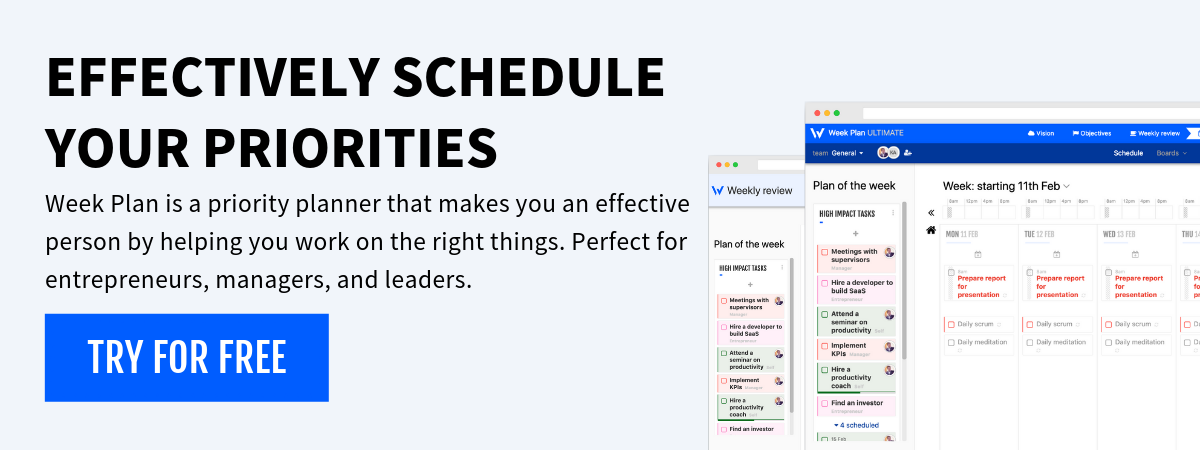Murphy’s Law, a popular adage stating “anything that can go wrong, will go wrong,” serves as the cornerstone for Murphy’s Law Planning. This planning methodology emphasizes the importance of anticipating potential problems and devising strategies to address them before they arise. By preparing for the worst, individuals and organizations can enhance resilience, reduce the impact of unforeseen issues, and improve overall outcomes.
Introduction to the Concept
Murphy’s Law Planning is not about pessimism; rather, it’s a pragmatic approach to risk management and contingency planning. It involves a thorough analysis of what could potentially go wrong in any given scenario and preparing actionable strategies to mitigate these risks. This methodology encourages a proactive stance towards problem-solving, ensuring that projects and personal plans are well-equipped to handle unexpected challenges.
The Importance of Murphy’s Law Planning
In the realm of time management and project execution, Murphy’s Law Planning plays a crucial role. It helps to avoid complacency, encourages thorough preparation, and minimizes the likelihood of project derailment due to unforeseen complications. By expecting the unexpected, planners can ensure that deadlines are met, resources are utilized efficiently, and stress is reduced among team members.
Implementing Murphy’s Law Planning
Identifying Potential Risks
The first step involves brainstorming and identifying all possible risks that could affect the project or plan. This requires considering various scenarios, including those that may seem unlikely, to cover a comprehensive range of challenges.
Assessing Impact and Probability
Once potential risks are identified, the next step is to assess their impact and the probability of their occurrence. This helps in prioritizing risks based on their potential to disrupt the project.
Developing Contingency Plans
For each identified risk, develop a contingency plan that outlines specific actions to be taken should the risk materialize. These plans should be realistic, feasible, and ready to be executed on short notice.
Regular Review and Adaptation
Murphy’s Law Planning is not a one-time activity. Regular reviews of the risk landscape and adjustments to contingency plans are necessary to account for new risks and changes in project dynamics.
Practical Applications and Examples
Project Management
In project management, Murphy’s Law Planning might involve preparing for potential supplier failures, technology outages, or key personnel unavailability, ensuring that project timelines are not severely impacted.
Personal Planning
On a personal level, Murphy’s Law Planning can apply to everyday scenarios, such as planning for traffic delays when commuting to an important meeting, or having backup plans for outdoor events that could be affected by bad weather.
Business Continuity
For businesses, Murphy’s Law Planning is integral to business continuity planning, ensuring that operations can continue in the face of disasters, cyber attacks, or other crises.
Overcoming Challenges in Murphy’s Law Planning
The primary challenge in Murphy’s Law Planning is the tendency to either overprepare for unlikely events or to become overwhelmed by the sheer number of potential risks. Balancing pragmatism with preparedness is key. This involves focusing on risks with the highest probability and impact, ensuring that resources are allocated efficiently.
Conclusion
Murphy’s Law Planning is a vital strategy for anyone looking to achieve their goals with minimal disruption. By anticipating and preparing for the worst, it is possible to navigate through challenges more effectively and with greater confidence. This proactive approach to planning not only enhances the likelihood of success but also fosters a culture of resilience and adaptability in the face of uncertainty.

More Posts
Achieve your goals through time management
Time management is one of the most effective skills, and it significantly influences your professional and personal life. We all know that time is one of the most scarce and valuable resources, which...
How Often You Should Journal for a Productive Routine?
Discovering how often to journal is a unique path. The author started waking up early, boosting his productivity. This change highlights the need for a journaling habit that fits personal goals. At first,...
11 Things to Evaluate in Employee Productivity Checklist
A detailed employee productivity checklist is key for performance evaluation. It helps match an employee’s work with the company’s goals. Most companies do employee assessments once a year. These reviews are crucial for checking how much an employee...
What is Time Efficiency and How to Achieve it
“Gosh, there might be a way I can complete all my tasks before deadlines,” “No matter how hard I try, I am always short on time,” “I can’t make time for my family...